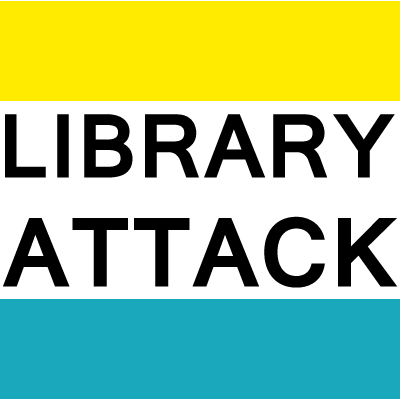There was a discussion last week on the SLA Transportation Division’s listserve about everybody’s favourite virtual envrionment: Second Life. The discussion was prompted by a webinar for the transportation community that showed how Second Life can be used to help people access information from around the world. I’ll admit I was a little biased before the presentation, not being a fan of Second Life, but I really didn’t think it was effective in showing people why they should actually use Second Life. I wasn’t alone, and some members opened up the dialog. I won’t post their messages, but basically they asked why is Second Life the best choice and why should they expect people to use it. One of the proponents made the argument that it’s because young people are there, which prompted me to write this:
I find this discussion about Second Life to be very interesting because it’s quite a hot topic in Library Schools. The argument that we should participate in Second Life because “high-tech youth and young adults” are there rings false. Second Life itself is 18 and over, which excludes teens, and Teen Second Life isn’t widely used. To be honest, I can’t think of anybody in my age group (20s) who actually uses Second Life. Many have tried and then opted to play Warcraft or chat online. (Maybe we should take transportation libraries to the World of Warcraft? Horde, of course.)
I think it’s good that we’re actively looking at new ways to connect with users, but that also means we should look at where the users actually are and where they want us to be. Our users are not the same as some public library in an area with lots of people on Second Life. Do we even know if transportation engineers and planners use Second Life as a means of connecting for work? I know when I ask our grad students and researchers about Second Life, they look at me like I’m crazy or they don’t know what I’m talking about. In our instance, Facebook seems to be a more effective tool, but the most effective has been free candy. (It’s sad, but true.)
The other problem that I have with Second Life is that it reinforces an old fashioned way of conceptualizing information and data. Computers and the rise of the internet have made storage, retrieval, and transmission of large amounts of information possible and much easier. We’re able to look at things more abstractly to foster new connections and store information in a structured and logical way. Second Life allows for some interesting structures to be made with information, but it obscures the underlying data. It seems like there’s more effort put into the presentation rather than making it easily digestible. It’s important to look at new ways we can utilize information visualization for our users, but we also need to make sure that the underlying data is transparent and easily extracted.
It’s exciting to see librarians do anything new with technology and think about how we can stay relevant in the new, digital age. We’re still at a point, though, where we’re not sure of what’s the most effective tools are, and it will probably be different for each library. If you can connect with your patrons effectively in Second Life, that’s great. I guess it’s not for everybody.
My WoW joke fell flat, but I hope it’s even handed. That said, I did sign up for Second Life this weekend. My avatar is Tofu Youngblood, she wears burlap, and I gave up after 20 minutes. I was bored and wanted to watch the soccer.

Leave a Reply